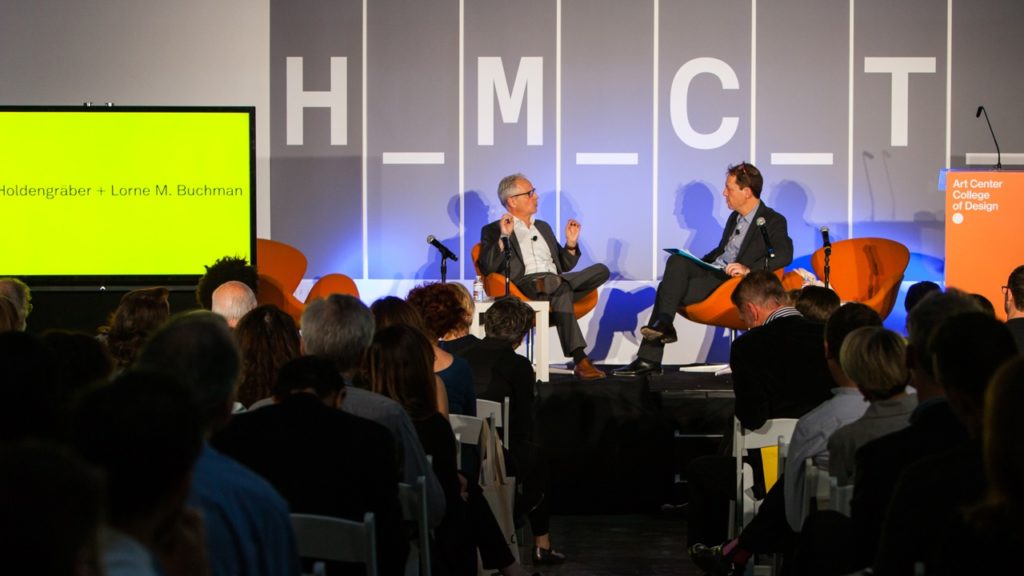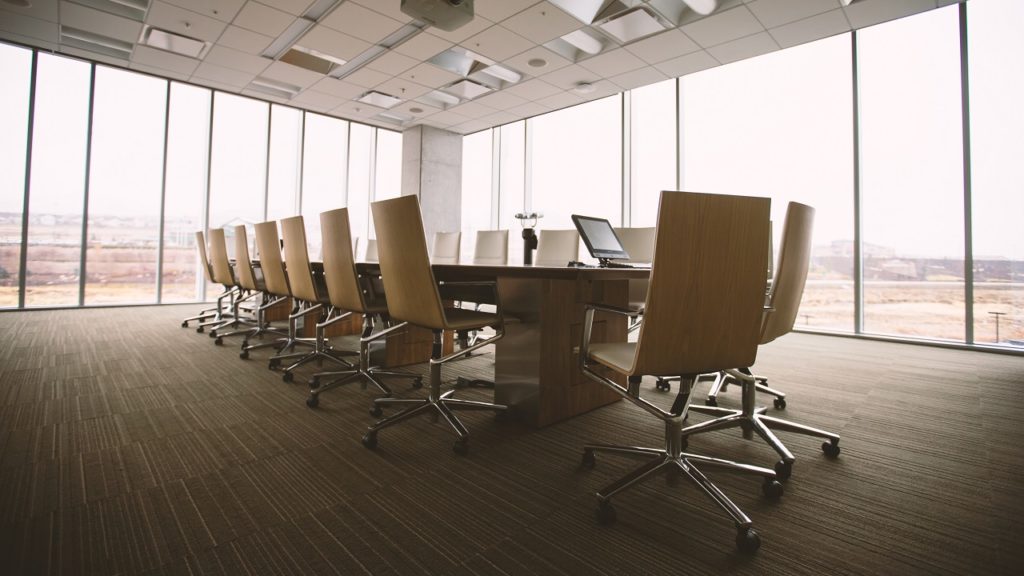Special to the Philanthropy Journal
By Ámbar Margarida, CID, IIDA, LEED GA
With an endless to-do list and limited financial support, many nonprofit leaders risk overlooking significant factors that could be preventing their organizations from functioning at full potential. For many, this includes the design of their offices and other work spaces.
Some clichés of philanthropic life are unnecessarily holding us back. Keeping overhead low and cultivating an ascetic image shouldn’t limit workplace effectiveness. So, the nonprofits operating out of cramped, outdated offices with limited storage space, inexpensive furniture, and limited flexibility are only shortchanging their mission and clientele.
 As a workplace design leader at an architecture and interior design firm, Spacesmith, I’ve seen how numerous nonprofits have used workspace renovations to optimize square footage and improve productivity, helping to ensure that all client needs are met with more responsiveness and effect. Overall, new studies show that targeted, creative workplace solutions should result in happier, healthier employees who are more productive and empowered to succeed.
As a workplace design leader at an architecture and interior design firm, Spacesmith, I’ve seen how numerous nonprofits have used workspace renovations to optimize square footage and improve productivity, helping to ensure that all client needs are met with more responsiveness and effect. Overall, new studies show that targeted, creative workplace solutions should result in happier, healthier employees who are more productive and empowered to succeed.
The data show that funding building and interior renovations may be the best dollars a growing charitable group can ever spend.
Among the most critical new findings are evidence-based conclusions about how new workplace strategies – including workspace sharing, mobile officing, and expanded, more flexible collaboration spaces – help to not only optimize existing square footage and reduce real estate costs but they also increase employee satisfaction, effectiveness and retention. In turn, the renovated workplace designs can dramatically improve service delivery and help adapt to changing programs and objectives. In these ways, they ultimately will successfully support the nonprofit’s cause or mission.

POTS Photo by Kevin Chu, courtesy Spacesmith
Also, the reality is that philanthropic groups and social service agencies have to remain relevant, attract talent, and appeal to sponsors, donors and board members. Operating out of rundown, disorganized facilities may reflect poorly on the providers and prevent it from reaching its full potential. Plus groups like the International Federation of Social Workers have called for more effective working environments.
While the challenges are well understood, design innovation is essential and often overlooked. According to experts like IDEO.org and Luma Institute, the best nonprofits seek effective yet unconventional solutions by reexamining their work and workplaces “from the point of view of the people being served.” Taking the ultimate client into consideration yields a number of workplace design techniques that make nonprofits more powerful allies for their beneficiaries. Here are a few:
- Color and finish palette. Color and finish choice play essential roles in the design of nonprofit workplaces as they can greatly impact staff mood and energy level. Through the intentional use of color palette, workplaces can become calming or energizing atmospheres where needed depending on the function on the space. Productivity and task accuracy are significantly affected by color because color affects not only mood but also perception and concentration.
For example, nonprofits that serve children can benefit from visual interest and bright color palettes, which help to alleviate anxiety while providing a distraction from hardships they may be facing. Nonprofits that work with adults and older clientele, on the other hand, tend to benefit from soft neutral tones that calm occupants and make them feel safe. - Biophilia and healthy materials. Daylight, artwork and views of the outdoors or nature are all necessities in any workspace. In several studies of biophilic designs and workspaces connecting occupants to nature, the environments have brought increases to worker productivity while creating more positive environments for clients and visitors.
Methods in this category include incorporating nature-based artwork, plantings, and natural finishes and patterns into office spaces, waiting rooms and meeting areas. Similarly, it is essential to consider the benefits of adequate daylight in all occupied areas. The negative effects of working in a dark, windowless office aside, we have clinical studies showing how organizations functioning with sunlight and outdoor views enjoy a significant work advantage.
The use of healthy materials speaks for itself: It’s just another way to ensure nonprofits operate efficiently and comfortably. Limiting toxic substances such as formaldehyde also helps prevent illness and absenteeism. - Workplace layout. Any nonprofit should consider redesign their workspaces – from the perspective of those served – to be as efficient, durable, adaptable and reusable as possible. Architects and workplace designers can help organizations create those more efficient workspaces through the use of creative problem-solving techniques such as an analysis of workspace sharing opportunities. Implementing greater options for meeting zones and break areas may be part of the recipe, too. A mobile workforce for staff who work outside the office should be an intentional and highly integrated part of the facilities and technologies selected.
- Identity and branding. In addition to workplace design, architects can help nonprofits transform their facilities and spaces to better reflect their identity, mission and cause. This kind of tactical branding creates environments that attract not only donors but also the best talent in their fields. Interior branding allows visitors to feel and see firsthand what the groups and their missions represent.
With the research and best practices, we have on hand today, philanthropic organizations only ignore the benefits of better workplaces at their peril. Spending on better work tools for the delivery of the ultimate mission – making the world a better place – is hardly a radical though. In fact, it’s merely the best direction forward for tomorrow’s nonprofit leaders.
Ámbar Margarida is a Principal at Spacesmith and an accredited green building professional. Margarida is an expert in designing healthy workspaces that contribute to employee wellbeing and satisfaction. Since joining Spacesmith in since 2009, she has worked with leading global brands on a diverse cross section of architectural interiors projects including Bacardi, MTV Networks, BlackRock, US State Department Overseas Building Operations and New York State.





